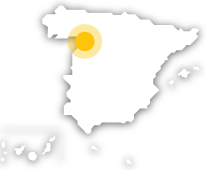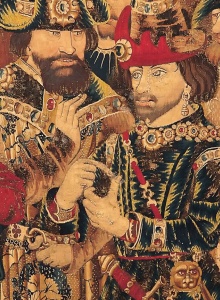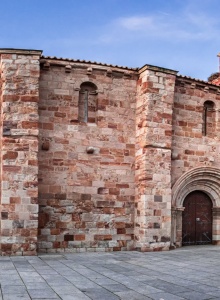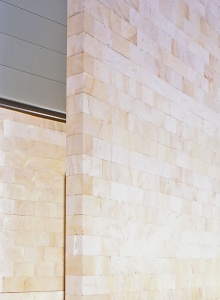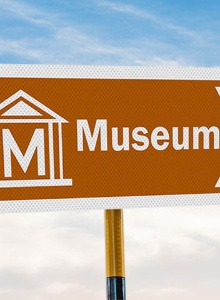The town of Zamora in Castile and Leon has an extremely well-preserved old quarter with an important Romanesque artistic heritage, and this has resulted in it being declared a Historic-Artistic Site.
Standing on the banks of the Duero river and in the heart of the Silver Route, its importance in medieval times can be seen in city walls, palaces and churches. A great idea to learn a little more about the history and art of the province is to visit some of the towns and villages along the Duero River Route and the Silver Route. You can deepen your knowledge of the area even more through its rich gastronomy and traditions, such as the Holy Week celebrations, declared a Fiesta of International Tourist Interest.
The Puente de Piedra (Stone Bridge) that crosses the Duero leads you into this city with a marked medieval character that’s known as the City of Romanesque Architecture. An architecture that effortlessly takes you back in time to the Middle Ages, a period when the city stood firm when faced with sieges and attacks. It was named ‘la bien cercada’ (well-fortifed city), because of its triple defensive ring, and the first of these walls still stands today, almost intact. Three gates, the Portillo de la Lealtad (the old Puerta de la Traición), the Puerta de Doña Urraca and the Puerta del Obispo, stand out along its walls, with the Castle and the Cathedral looking on from up on high. A jewel of Romanesque architecture, this fortress of Arab origin with its well-preserved Tribute Tower, gate and moat is encircled by the Castle Park. Beside it stand the tower and dome of the Cathedral of Zamora, which are undoubtedly its most distinctive features. The Byzantine-style cantilevered dome decorated with stone ‘scales’, was built in the 12th century, while the accompanying Romanesque tower dates from the 13th. Inside the church, the wrought iron screens and pulpits, the bas-reliefs of the choir stalls and the Neoclassical cloister, which houses the Cathedral Museum, stand out. The Museum holds a collection of Flemish tapestries that is considered one of the best in Europe because of its excellent state of conservation.On your way to the Plaza Mayor square, you can admire some fine Romanesque churches, like those of Santiago el Burgo, La Magdalena or San Cipriano, as you stroll through the narrow cobbled streets. Gothic ribbed vaults, apses and doorways decorated with plant motifs and the oldest reliefs in the city are just some of the jewels that you’ll find on this lovely monumental walk. It’s well worth taking a close look at the capitals and archivolts of all the Romanesque churches you’ll find along the way. In terms of civil architecture, there are some emblematic buildings of Renaissance design: the Hospital de la Encarnación, seat of the Provincial Council; the Old City Hall, commissioned by the Catholic Monarchs; the Los Momos Palace, nowadays the seat of the Provincial Courts; and the Cordón Palace, which houses the Museum of Zamora. Another jewel of Renaissance architecture is the 15th century Palace of the Counts of Alba de Aliste, today a Parador de Turismo. There, you can sleep in a four poster bed, admire the patios and sample the region's culinary specialities. Zamora-style rice, stuffed hake and custard with almonds are some of the suggestions on a varied menu centred on products from Castile and Leon. However, if what you want to do is to immerse yourself in the local customs, then you should head to the area around Calle Herreros, where you can sample some of the Designation of Origin wines (Toro, Arribes and Tierra del Vino) accompanied by a slice of bacon or fried pork (tapas).EasterThe best time for coming to Zamora is during the Holy Week celebrations, a Festival of International Tourist Interest; or in summer, when visitors can walk around the city guided by the medieval legends of the Romancero, which are staged in the most charming corners of the city. The province of Zamora boasts some interesting historic towns set in outstanding natural surroundings, which you can explore via some of the best-known routes through this region. The Silver Route that links Seville with Oviedo is an ancient one, dating from Roman times. On it, you’ll discover the treasures preserved in Benavente, Valparaíso, and La Hiniesta.Toro, surrounded by vineyards, and Arribes del Duero are other points of interest. If you’re a nature lover, you’ll have the opportunity to visit the Lago de Sanabria Nature Reserve, where you’ll find the largest lake in Spain set in a stunning mountain landscape. Its Visitor Centre shows the best paths for exploring the area.

